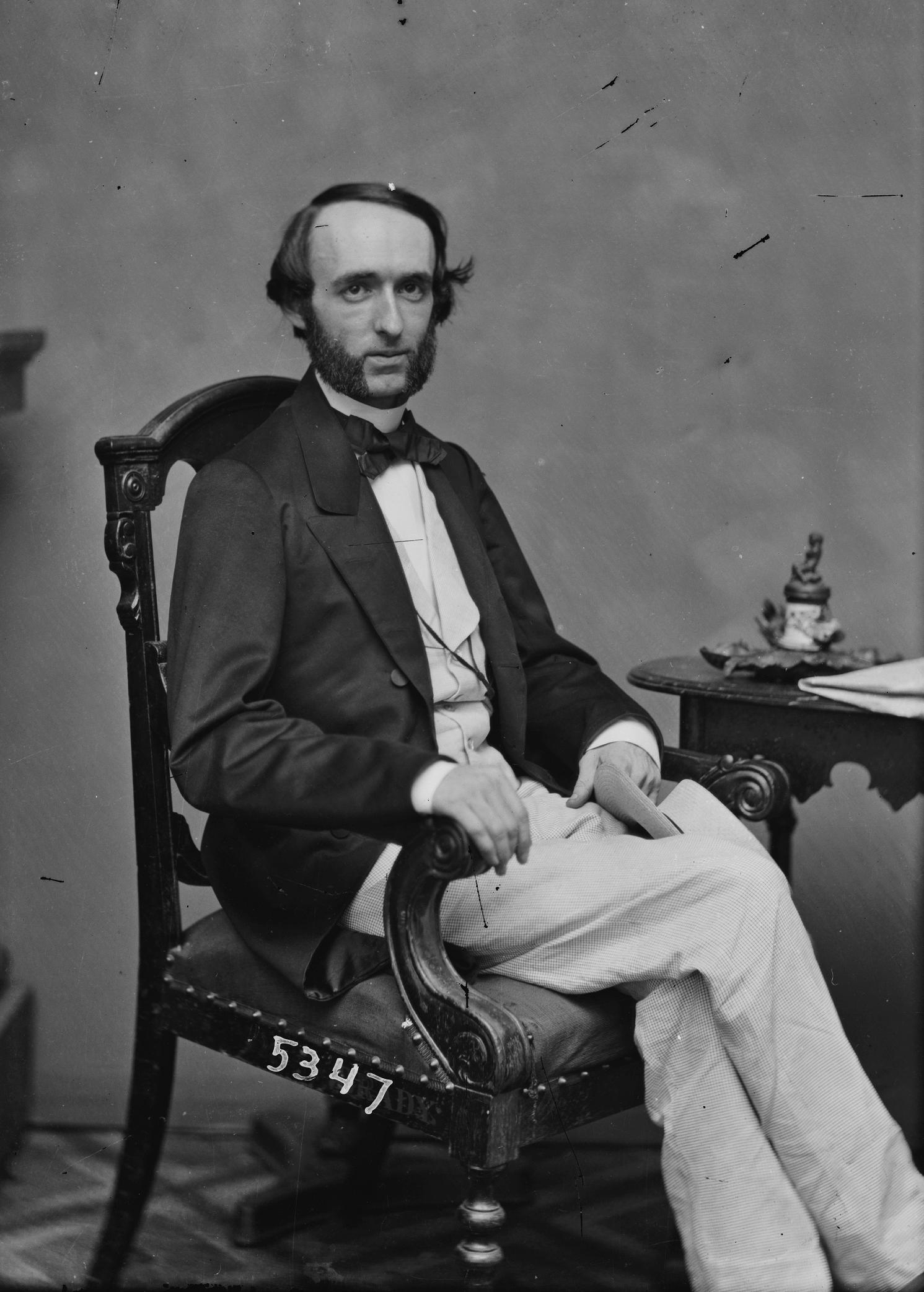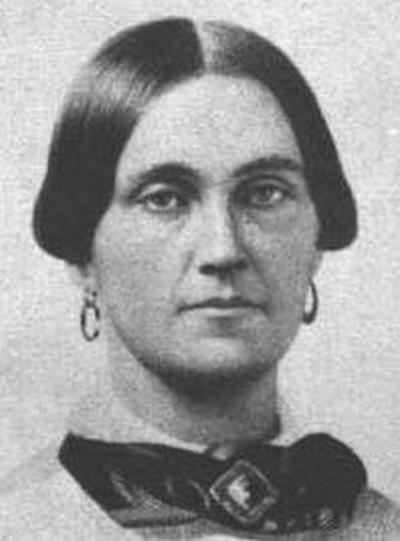Today in the Lincoln Conspiracy: July 8
There were three killings planned on April 14, 1865. John Wilkes Booth targeted President Abraham Lincoln, George Atzerodt went after Vice President Andrew Johnson and Lewis Powell attacked Secretary of State William Seward. Booth succeeded and Powell almost did. When he entered Seward's house that night, he confronted the cabinet officer's son, Frederick, who served as an assistant to his father in the State Department.
 |
| Frederick William Seward |
Frederick put up a fight, even though Powell had a gun. The pistol misfired and Powell used it to beat the younger Seward severely. He suffered a fractured skull but -- like his father -- survived Powell's vicious assault.
Frederick William Seward was born on July 8, 1830. He would serve as a diplomat under three presidents -- Lincoln, Johnson and Hayes -- and was elected to the New York State Assembly in 1874. He died in 1915.



